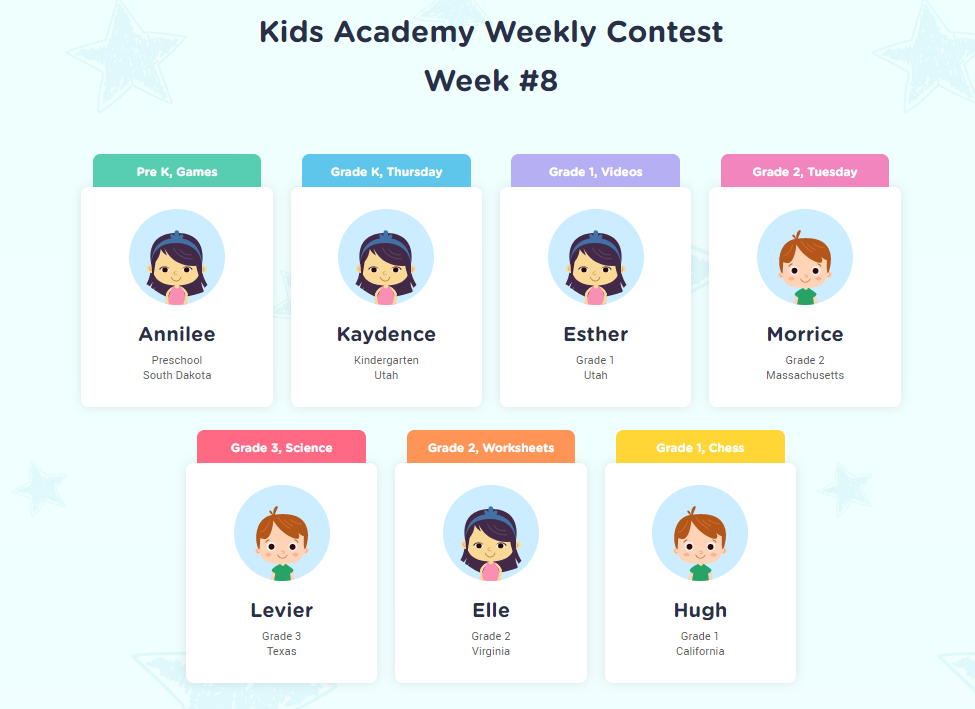Geometry worksheets activities for Ages 6-8
6 filtered results
-
From - To
Discover an engaging collection of geometry worksheets designed specifically for children ages 6-8! Our activities incorporate fundamental concepts such as shapes, symmetry, and spatial understanding, making learning fun and interactive. Each worksheet challenges young learners with colorful visuals and age-appropriate exercises that promote critical thinking and problem-solving skills. Perfect for classroom use or at-home practice, these worksheets help reinforce key geometry concepts through enjoyable and effective activities. Foster a strong mathematical foundation in your child while they explore the fascinating world of geometry. Check out our extensive library of worksheets and watch your child develop confidence in their geometric skills today!
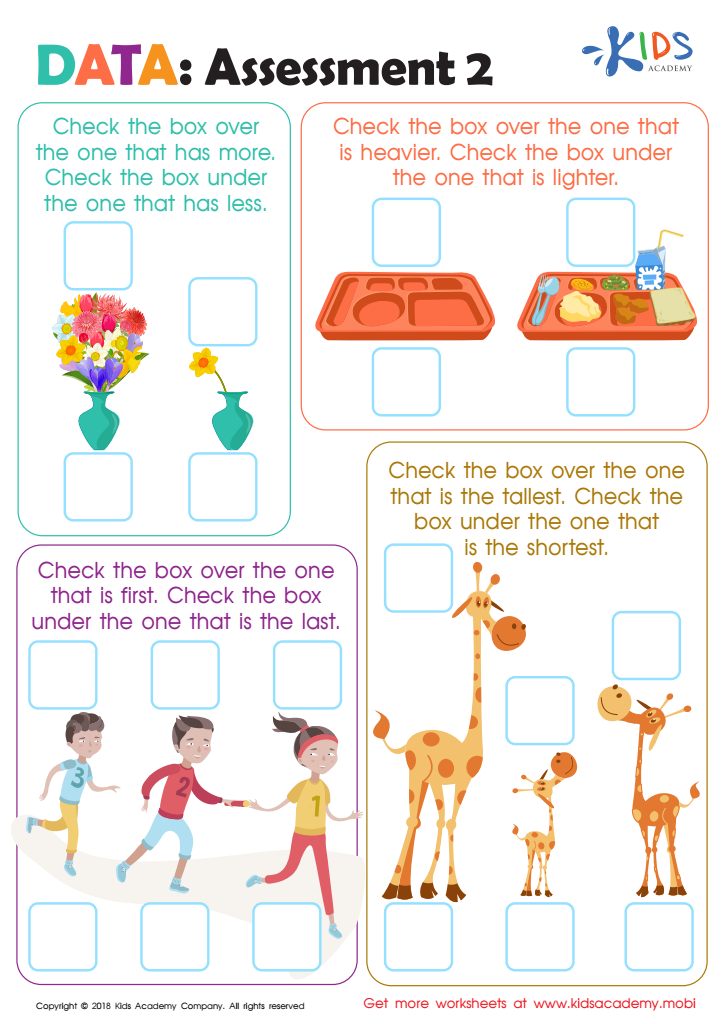

Data: Assessment 2 Worksheet
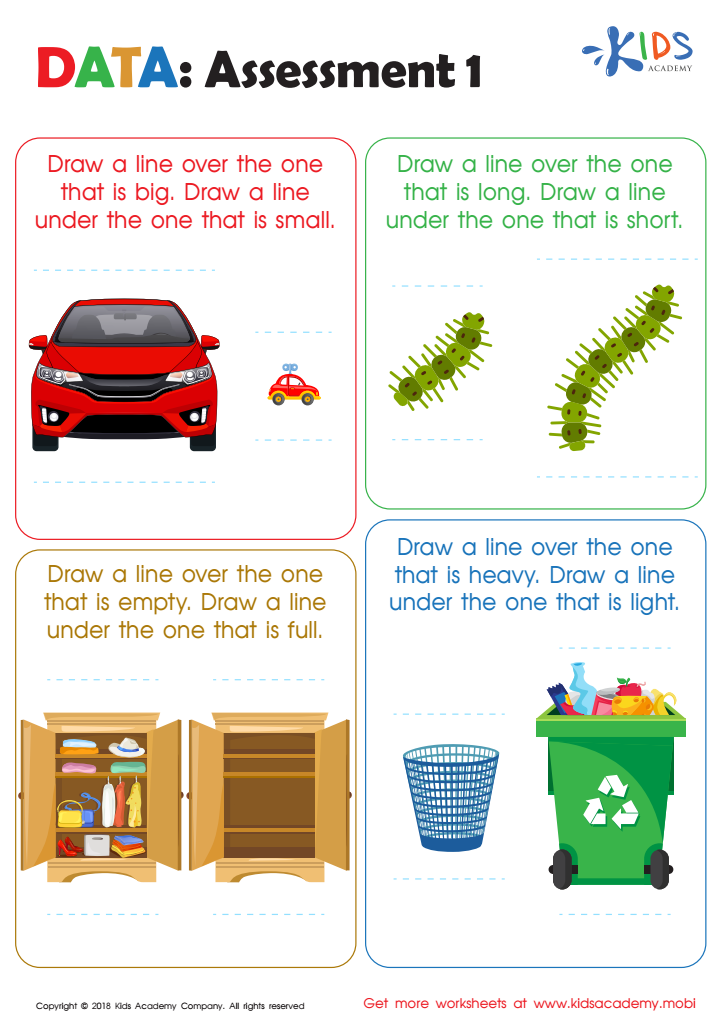

Data: Assessment 1 Worksheet
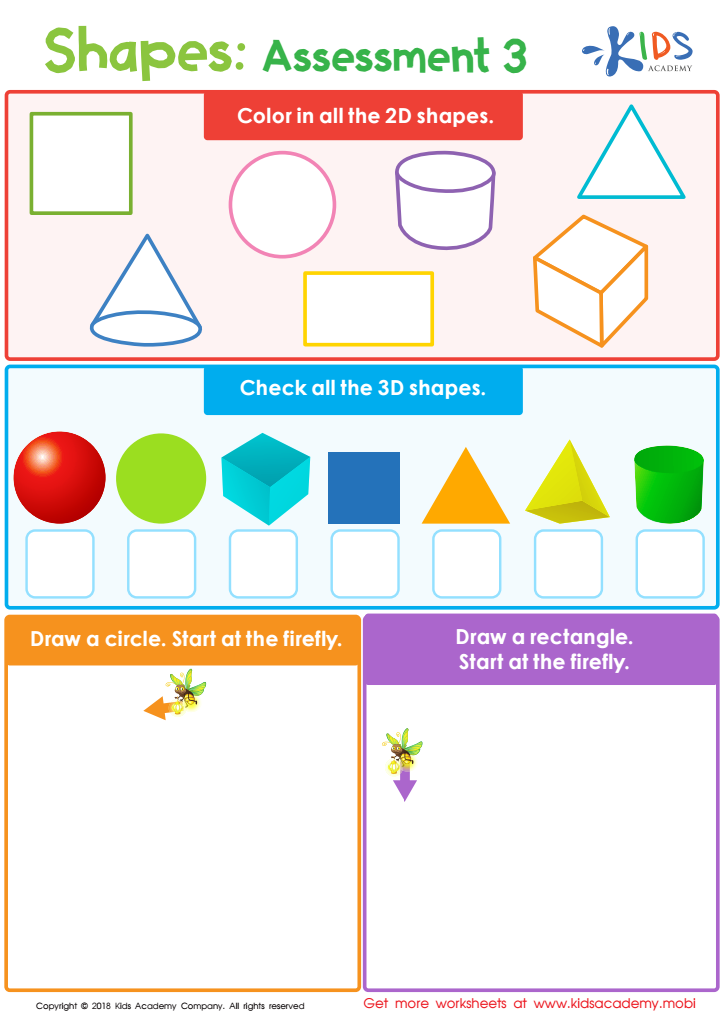

Shapes: Assessment 3 Worksheet
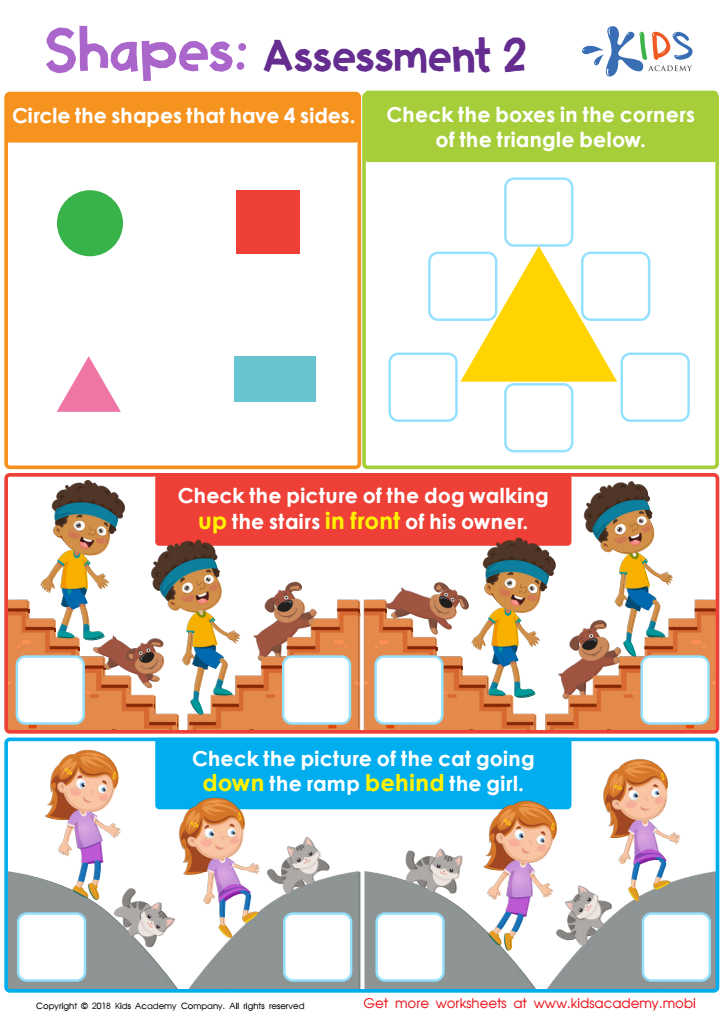

Shapes: Assessment 2 Worksheet
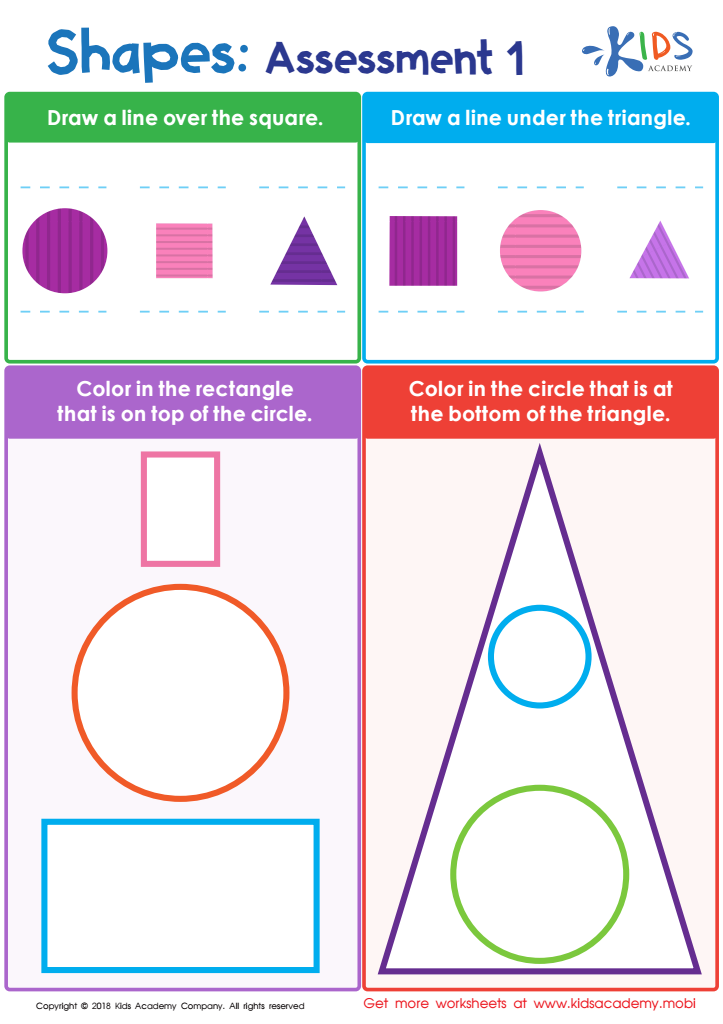

Shapes: Assessment 1 Worksheet
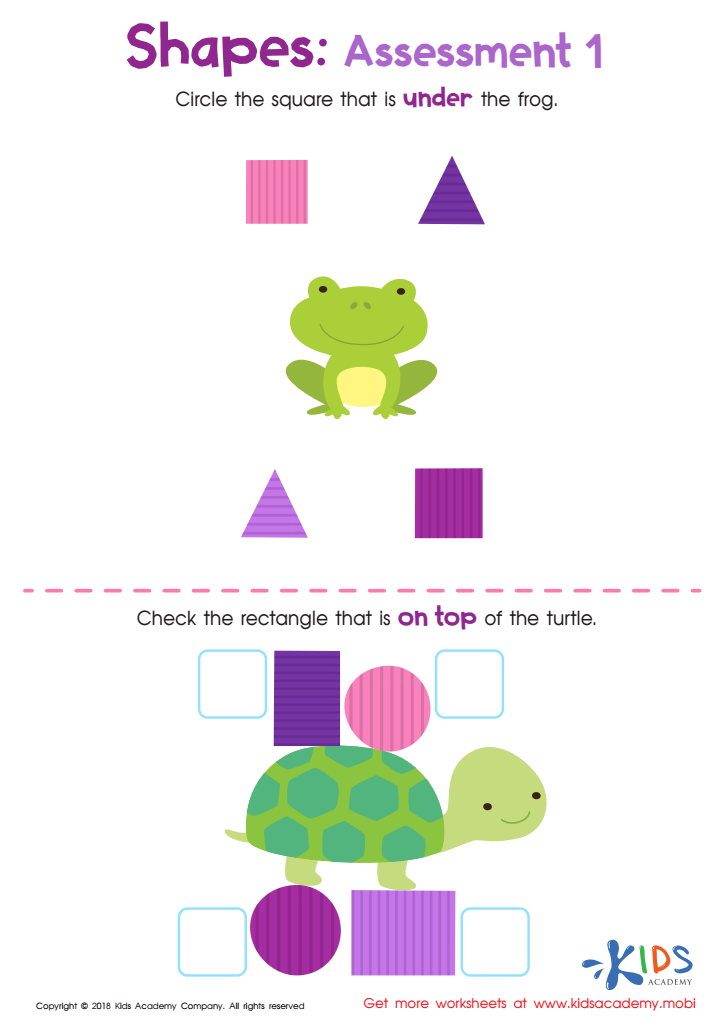

Geometry – Assessment 1 Worksheet
Geometry activities for children aged 6-8 are crucial for their cognitive and spatial development. During these formative years, children begin to understand shapes, sizes, and their relationships to one another. Engaging them in geometry activities fosters critical thinking skills and helps them develop problem-solving abilities.
Parents and teachers should prioritize these activities because they lay a foundation for not just math skills but also for everyday life. For instance, recognizing shapes enhances pattern recognition, which is fundamental in various subjects, including art and science. Through geometry, children learn to visualize and manipulate objects in space, improving their ability to plan and create.
Furthermore, hands-on geometry activities—like building shapes with blocks, drawing, or engaging with technology—can make learning more enjoyable and interactive. They also encourage collaboration and communication when working in groups, which are important social skills.
Ultimately, by investing time in geometry activities, parents and teachers are equipping children with essential tools for academic success, while also encouraging a love of learning that benefits emotional and social growth. Thus, incorporating enjoyable, hands-on geometry experiences into curricula or home activities is essential for overall development.
 Assign to My Students
Assign to My Students






